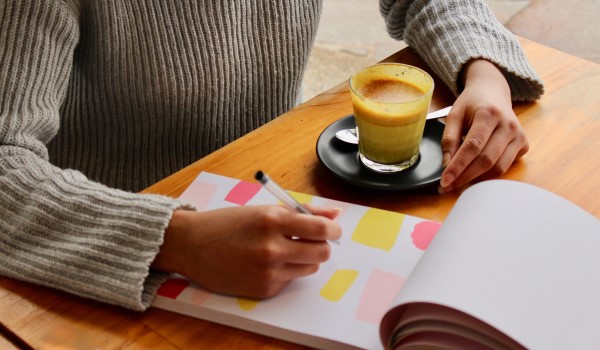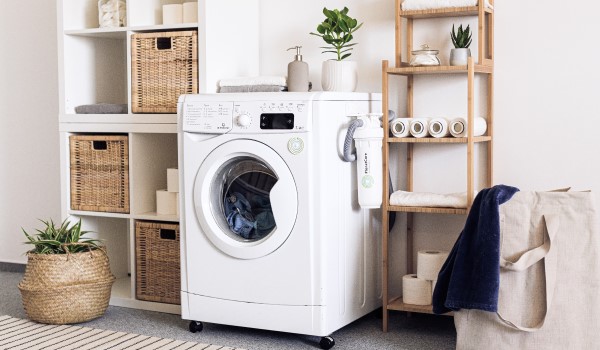What’s stamp duty?
A question we’re asked a lot is ‘what is stamp duty on property’. It can be a bit confusing, and the rules have changed a number of times over the past few years so it’s hard to keep up. Here’s the basics: Stamp duty is a tax which is basically a charge on ‘land transactions’ in England and Northern Ireland and applies to purchases of:
- freehold, leasehold and new properties
- shared ownership property
- residential and commercial property
- land.
It also applies when land or property has been transferred in exchange for payment for example when you buy a share in a house or take on a mortgage.
In this guide, we’ll explain how stamp duty works and what you might have to pay.
How much does stamp duty cost?
You’ll be charged stamp duty on any property purchases costing the below or more:
- £250,000+ for residential properties
- £150,000+ for non-residential land and properties
- £425,000+ for first-time buyers.
How does stamp duty work?
Stamp duty is a tax that has different amounts depending on your circumstances. For example, whether you’re a first-time buyer or you’re buying a second home and how much the property is worth. You’re added to a category depending on who you are and what you’re buying and are then assigned an amount. Stamp duty is then paid to HMRC.
What is the current stamp duty?
The threshold is where stamp duty starts to apply which is £250,000 which means if you buy a property for less than this price you won’t have anything to pay.
If you’re a first-time buyer, you’ll get ‘relief’ that means you’ll pay less or no tax when you’re a first-time buyer and anyone else you’re buying with is too. Or, the price is £625,000 or less.
If you’re buying a property worth over £500,000, you’ll follow the same rules as someone who’s bought a house before
| Property value |
SDLT Rate |
| Up to £250,000 | 0% |
| The next £675,000 (the portion from £250,001 to £925,000) | 5% |
| The next £575,000 (the portion from £925,001 to £1.5 million) | 10% |
| The remaining amount (the portion above £1.5 million) | 12% |
For example, your £260,000 property price would be liable for 5% stamp duty on £10,000.
When do you have to pay stamp duty?
Whether you’re liable for stamp duty or not, you’ll need to submit a Stamp Duty Land Tax return to HMRC within 30 days of completion. There’s a penalty of £100, plus interest, if you don’t file this – even if you don’t need to pay the stamp duty. In most house sales, your solicitor will sort out the return and fees, but it’s worth checking with them for peace of mind.
How does it work for leasehold properties?
It’s worth checking the GOV.uk website about the latest news on leases, as assigned leases (ones that are sold to third parties) work differently.
How can I work out what to pay?
We have a handy stamp duty calculator that asks a few questions before you start, like whether your new property will be freehold or leasehold, so it’s a good idea to have all the info you need to hand before making a start.
Can I reduce my stamp duty?
Sometimes, like if you transfer your home’s value (for instance in a divorce) or the deeds (either as a gift or in your will). The GOV.uk website has lots of helpful advice about the types of situations where you might be able to reduce your stamp duty, as well as scenarios where you might need to pay more (such as if you own more than one property, or you’re a non-UK resident).
Where does my stamp duty go?
The Government charges different taxes in order to fund other areas the country needs and stamp duty is one of them.
When was stamp duty introduced?
The Government introduced stamp duty in 1694.
Why is stamp duty called stamp duty?
Here comes the history lesson, it’s said (by good old desk research!) that back in the 17th centuries when land owners paid their taxes they were issued with a stamp to prove it.
There we have it, stamp duty explained. If you still have a burning question that you’d like answering, either check out the GOV.uk website for the most up to date information or speak to one of our friendly Customer Advocates if it’s relating to a house purchase you’re making with your Beehive Money Lifetime ISA.
How can I save up for a new home?
At Beehive Money, we help you save for a brighter future. Whether it’s a first home, savings for a rainy day or something else, check our accounts and savings tips.









